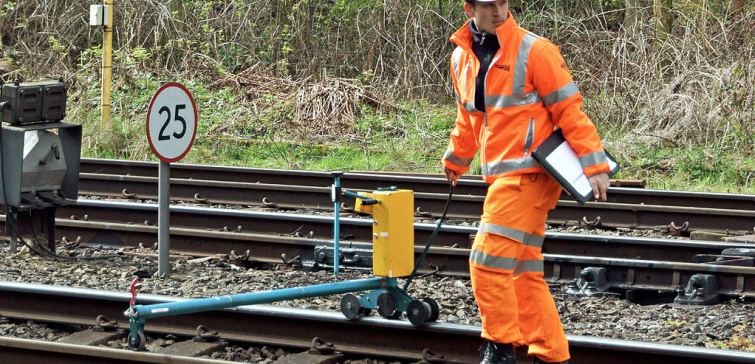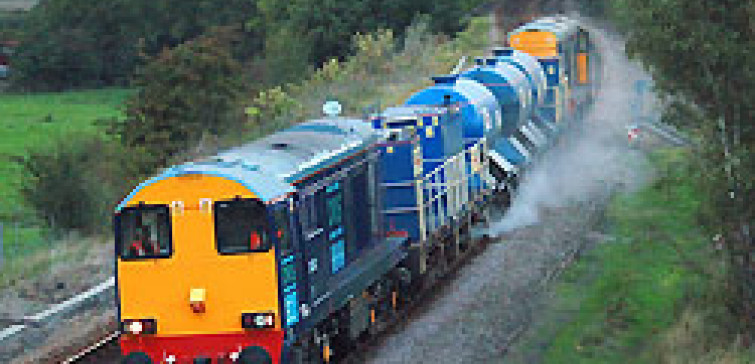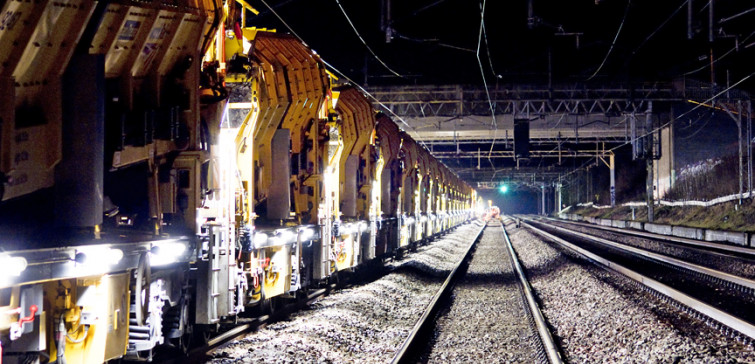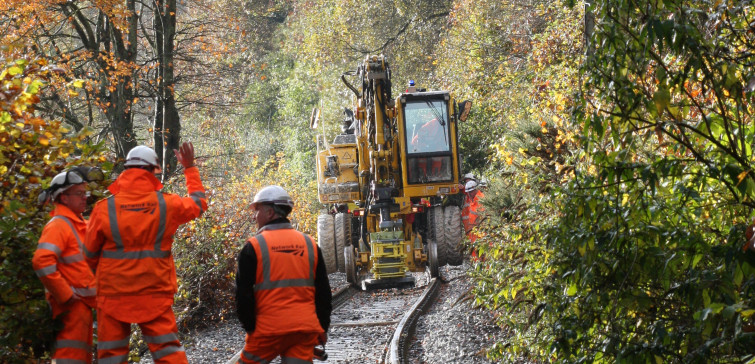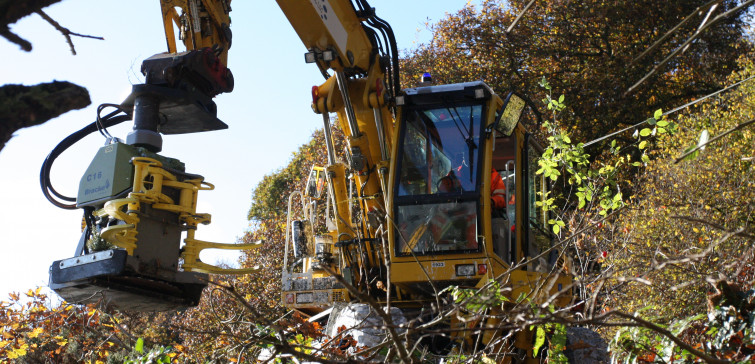Gauging
Gauging is about the compatibility between the train and the infrastructure around it. It covers a series of techniques that ensure that sufficient space exists around a moving train (clearance) to provide safe operation. in these scenarios can have a bearing on their own and others’ safety.
Gauging
The experience of tackling gauging in Britain is closely bound to the history of railway development. Gauging started life very simply, based on the principle that you could build trains to a standard gauge and infrastructure to a slightly larger gauge. Early trains were small; it was only once their popularity was established that larger rolling stock was produced. Fortunately, the difference in size between structures as built and the limiting structure gauge meant that larger trains could be easily accommodated.
Today’s railway is very different; there are requirement for high-capacity trains and for trains that tilt as they negotiate tight curves. Containerised freight (in 9’6” high boxes) presents quite a different problem to small goods wagons. The combination of cross-sectional area, shape, length and speed all place a space requirement on today’s railway that could not be dreamed about in the early days of trains, although Britain continues to use much of the same infrastructure.
Clearance is provided to accommodate movement of the train as it travels; centrifugal force causes it to sway outwards when going around curves and track roughness causes it to bounce around. As a long vehicle negotiates a curve, it ‘cuts off the corner’ (as will be observed on roads when a long lorry turns into a junction) – an effect known as overthrow. Clearance is also provided to give a safety margin – to accommodate track maintenance and safe walking routes.
As we have built progressively larger trains, we have ‘eaten into’ the clearance originally provided. Tracks have been moved to accommodate the often conflicting demands of wide passenger trains and tall freight container trains (which don’t fit neatly through arched bridges and tunnels).
New techniques allow us to understand how much trains move and how much safety margin to provide. Whilst we retain gauges, many include sophisticated analysis to make best use of space. While the basic principles of gauging are superficially straightforward, the way new trains are built and the demands on their speed and capacity will all pose challenges.
Gauging
RSSB has supported the GB rail industry in addressing challenges around gauging issues through research and development as well as provision of high level technical expertise about infrastructure, rolling stock and the relevant interfaces in the rail system.environmental issues and will help the industry to develop sustainably in the long term.


